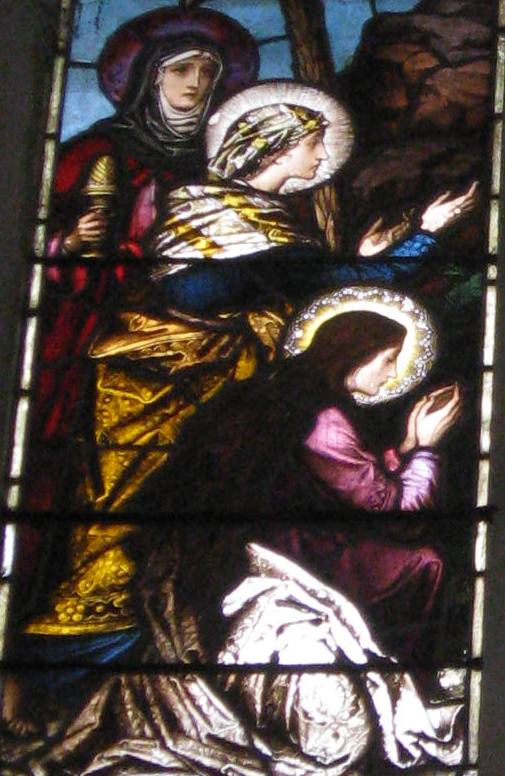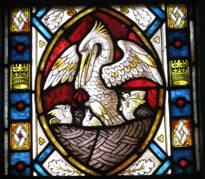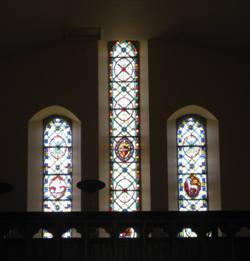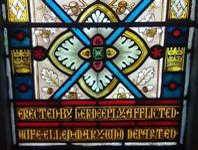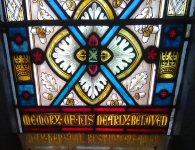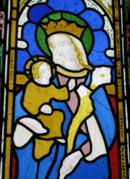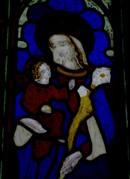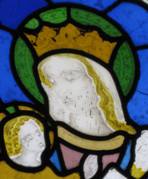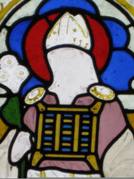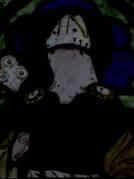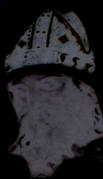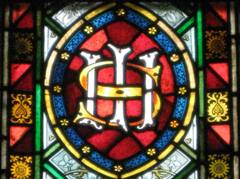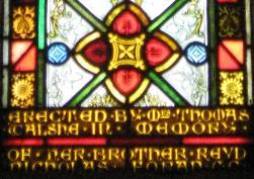The Stained-Glass Windows of Immaculate Conception Church, Fenor
Did you ever stop and look at the stained-glass windows in the church? Possibly not. It’s not something that we do unless we are particularly interested in stained glass, and many of us aren’t. Anyway, it’s not easy to get a good, close look at them. A pair of binoculars is useful but the arms get tired very quickly. A camera is the thing! Modern cameras are equipped with lots of pixels which means that they can capture lots of detail. When viewed on the screen of a television or a computer the images may be enlarged by “zooming in”. It is only then that the amazing colours and fine detail of the windows can be fully appreciated. Not even by perching on the window ledges can you see the windows as well as you can here.
We will begin with the main window in the east gable, above the altar, and then turn left through the north transept, the north wall of the nave, the south wall of the nave, the south transept and, finally, the west gable window above the main door. This is the order adopted in the menu opposite,
Before you set off to view the windows of Fenor church, you might like to look at the window below. It is a detail from a window in St. Carthage’s cathedral in Lismore, Co. Waterford, and shows three women at Jesus’ tomb after the resurrection. According to Luke’s gospel they were Mary Magdalene, Joanna, and Mary the mother of James. Click the image to zoom in.


